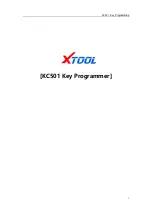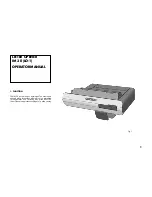
Safety
14
Road transport
Ensuring road safety
The machine must conform to current national traffic regulations if you
intend to drive with it on public roads. Ensure the following:
•
Lighting, warning and protective equipment must be fitted.
•
The permissible transport widths and weights, axle loads, tyre
load-bearing capacities, laden weights and national speed restric-
tions must be complied with.
•
The maximum permissible road transport speed must be complied
with, but not exceed 50 km/h.
•
Before driving on public roads, fully fold in all guard bars and
secure the machine. All tine supports which have tips that point at
right angles to the direction of travel must be removed.
•
The machine should only be towed by agricultural or forestry
tractors.
The empty weight of the tractor must be greater than the weight of the
machine. The driver and keeper of the vehicle are liable should these
conditions not be observed.
Close the ball valve
Close the ball valve before driving on the road. If the ball valve is open
and there is an operating error, the machine may drop or swing out
unexpectedly. This could cause traffic accidents and accidents with
fatal consequences.
Check tyre pressures
Check tyre pressure on a regular basis. Incorrect tyre pressures
reduce the service life of a tyre and cause unstable driving character-
istics. Accidents with serious or fatal injuries may be caused as a
result.
Altered driving and braking performance
Driving and braking performance are altered when the machine is
coupled or hitched to the tractor. When cornering, take the overall
width and balancing weight of the machine into consideration. Adjust
your driving speed accordingly. A driving style which is not adapted to
conditions can cause accidents. Accidents with serious or fatal injuries
may be caused as a result.















































